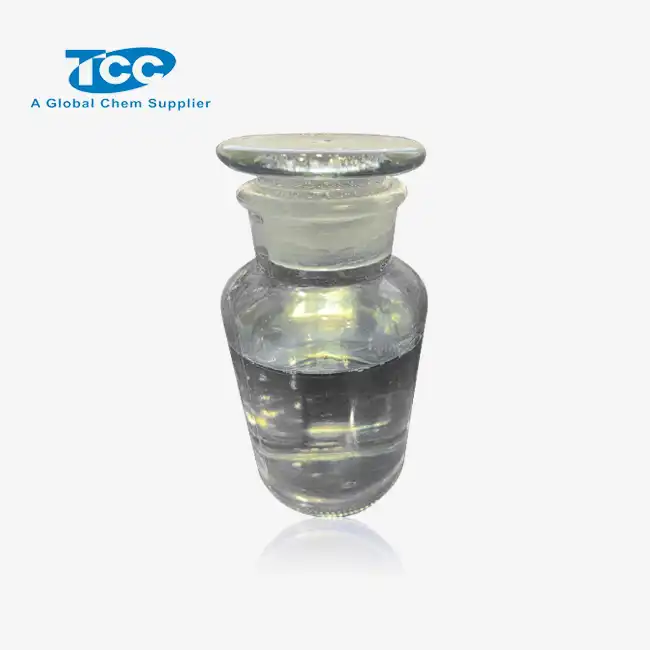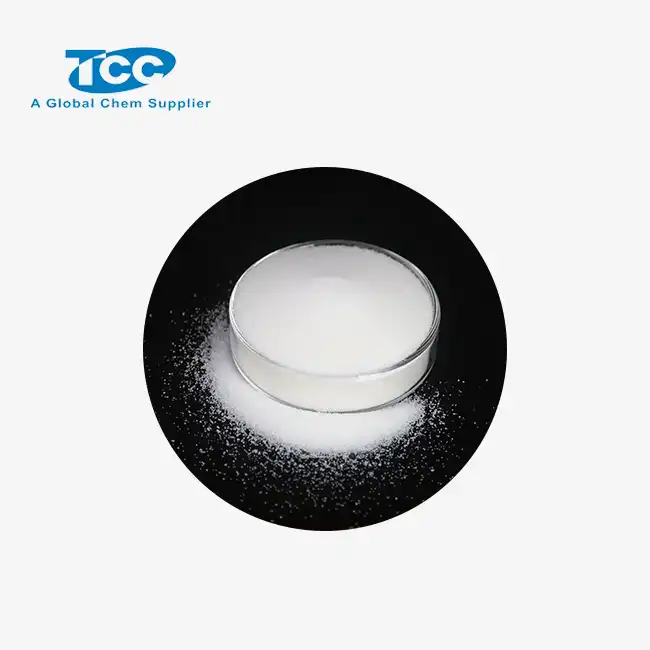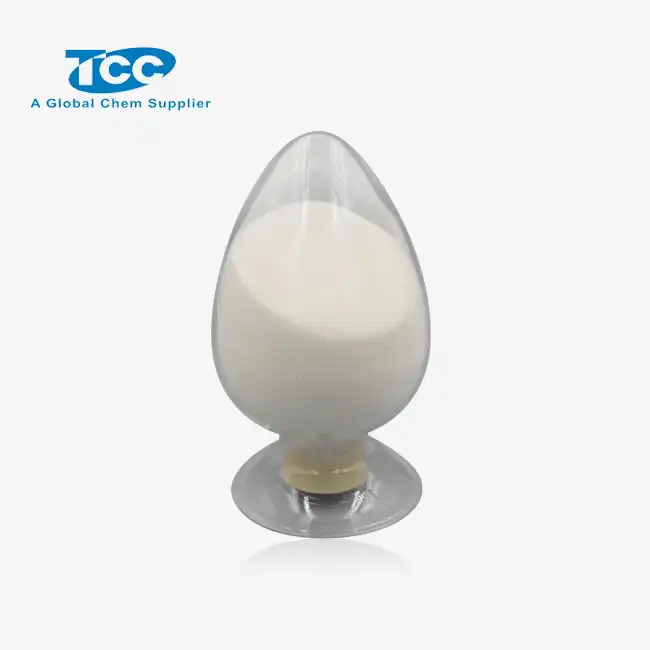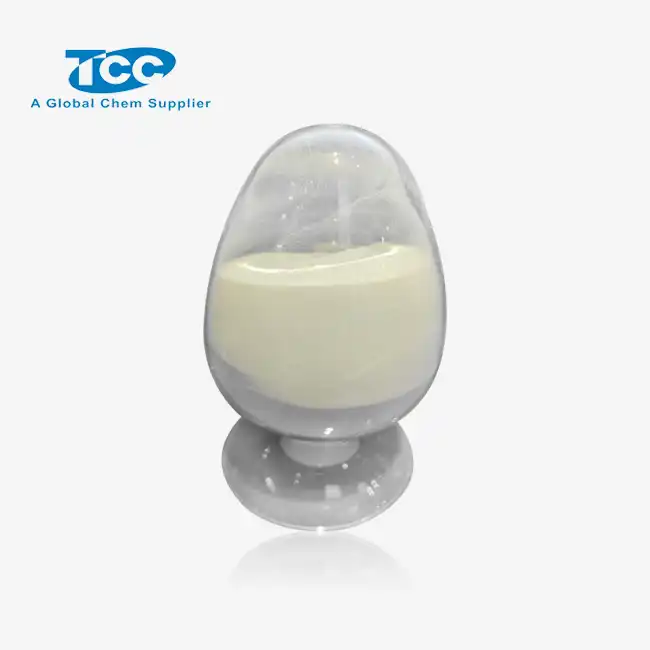- English
- French
- German
- Portuguese
- Spanish
- Russian
- Japanese
- Korean
- Arabic
- Greek
- German
- Turkish
- Italian
- Danish
- Romanian
- Indonesian
- Czech
- Afrikaans
- Swedish
- Polish
- Basque
- Catalan
- Esperanto
- Hindi
- Lao
- Albanian
- Amharic
- Armenian
- Azerbaijani
- Belarusian
- Bengali
- Bosnian
- Bulgarian
- Cebuano
- Chichewa
- Corsican
- Croatian
- Dutch
- Estonian
- Filipino
- Finnish
- Frisian
- Galician
- Georgian
- Gujarati
- Haitian
- Hausa
- Hawaiian
- Hebrew
- Hmong
- Hungarian
- Icelandic
- Igbo
- Javanese
- Kannada
- Kazakh
- Khmer
- Kurdish
- Kyrgyz
- Latin
- Latvian
- Lithuanian
- Luxembou..
- Macedonian
- Malagasy
- Malay
- Malayalam
- Maltese
- Maori
- Marathi
- Mongolian
- Burmese
- Nepali
- Norwegian
- Pashto
- Persian
- Punjabi
- Serbian
- Sesotho
- Sinhala
- Slovak
- Slovenian
- Somali
- Samoan
- Scots Gaelic
- Shona
- Sindhi
- Sundanese
- Swahili
- Tajik
- Tamil
- Telugu
- Thai
- Ukrainian
- Urdu
- Uzbek
- Vietnamese
- Welsh
- Xhosa
- Yiddish
- Yoruba
- Zulu
What's Antifoam AF2085S' compatibility with surfactants?
Antifoam AF2085S is a widely used defoaming agent in various industrial applications, particularly in the oil and gas sector. When it comes to its compatibility with surfactants, understanding the intricate relationship between these two components is crucial for optimal performance in foam control systems. Surfactants, by nature, are designed to reduce surface tension and promote foaming, while antifoams like AF2085S are formulated to suppress foam formation. The compatibility between Antifoam AF2085S and surfactants is a complex interplay of chemical properties, concentration levels, and environmental factors. This compatibility can significantly impact the efficiency of foam control in processes ranging from drilling fluids to production operations. As we delve deeper into this topic, we'll explore the various aspects of Antifoam AF2085S' interaction with surfactants, its effectiveness in different surfactant-rich environments, and the key considerations for achieving optimal foam control in challenging industrial applications.
How does Antifoam AF2085S interact with different types of surfactants?
Anionic Surfactants
Antifoam AF2085S demonstrates varying degrees of compatibility with anionic surfactants, which are negatively charged and commonly used in many industrial processes. The interaction between AF2085S and anionic surfactants is largely influenced by the pH of the system and the specific chemical structure of the surfactant. In general, Antifoam AF2085S tends to perform well in the presence of anionic surfactants, as its silicone-based composition allows it to spread effectively on the foam surface, even in the presence of these charged molecules. However, at high concentrations of anionic surfactants, the antifoam's effectiveness may be slightly reduced due to potential interfacial competition. To optimize performance, it's often necessary to adjust the dosage of Antifoam AF2085S based on the specific anionic surfactant concentration and the overall system conditions.
Cationic Surfactants
The compatibility of Antifoam AF2085S with cationic surfactants presents a unique set of challenges and opportunities. Cationic surfactants, being positively charged, can potentially interact more strongly with the silicone components of AF2085S. This interaction can sometimes lead to a synergistic effect, enhancing the overall foam control capabilities of the system. However, in some cases, the strong attraction between Antifoam AF2085S and cationic surfactants may result in the formation of complexes that could temporarily reduce the antifoam's effectiveness. To mitigate this, careful consideration of the cationic surfactant's structure and concentration is essential when using Antifoam AF2085S. In many applications, a balanced approach involving precise dosing and potentially the use of co-formulants can help maintain optimal foam control performance in the presence of cationic surfactants.
Non-ionic Surfactants
Antifoam AF2085S typically exhibits excellent compatibility with non-ionic surfactants, making it a versatile choice for many industrial applications. Non-ionic surfactants, which do not carry an electrical charge, tend to have minimal interference with the spreading and foam-breaking mechanisms of AF2085S. This compatibility allows for efficient foam control across a wide range of concentrations and temperatures. The non-ionic nature of these surfactants often complements the silicone-based structure of Antifoam AF2085S, enabling it to penetrate and destabilize foam structures effectively. However, it's important to note that at very high concentrations of non-ionic surfactants, there may be some reduction in the antifoam's efficiency due to increased overall surface activity. In such cases, adjusting the dosage of Antifoam AF2085S or considering a synergistic blend with other defoaming agents may be beneficial for maintaining optimal foam control performance.
What factors influence the effectiveness of Antifoam AF2085S in surfactant-rich environments?
Temperature and Pressure Conditions
The effectiveness of Antifoam AF2085S in surfactant-rich environments is significantly influenced by temperature and pressure conditions. At elevated temperatures, the viscosity of Antifoam AF2085S may decrease, potentially affecting its ability to spread and break foam films. However, this can also lead to improved dispersion in some cases, enhancing its overall performance. High-pressure environments, common in many industrial applications, can impact the stability of foam bubbles and alter the interaction between Antifoam AF2085S and surfactants. In such conditions, the antifoam's ability to penetrate and rupture foam structures may be enhanced, but careful dosing is crucial to maintain effectiveness without excessive consumption. It's essential to consider the specific temperature and pressure ranges of the application when determining the optimal use of Antifoam AF2085S, as its performance can vary significantly across different operational conditions.
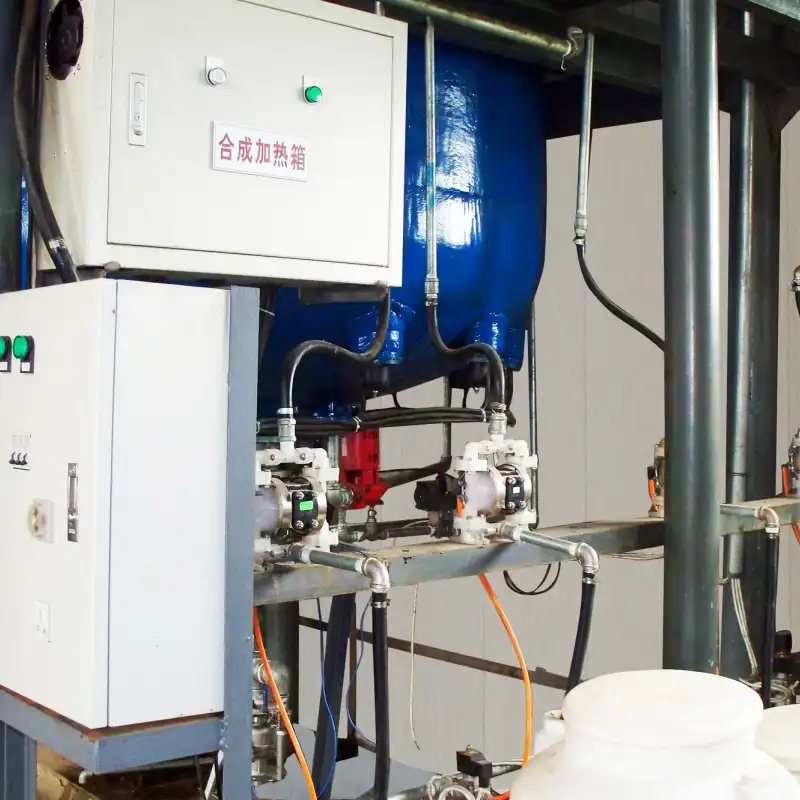
pH Levels and Electrolyte Concentration
The pH level and electrolyte concentration of the system play a crucial role in determining the effectiveness of Antifoam AF2085S in surfactant-rich environments. Extreme pH conditions can affect the stability and performance of both the antifoam and the surfactants present. Antifoam AF2085S generally maintains its effectiveness across a wide pH range, but its optimal performance may shift depending on the specific surfactants in use. High electrolyte concentrations can impact the solubility and interfacial behavior of surfactants, potentially altering their interaction with Antifoam AF2085S. In some cases, increased electrolyte levels may enhance the antifoam's performance by reducing the stability of foam films. However, excessive electrolyte concentrations could lead to salting-out effects, potentially reducing the overall effectiveness of the foam control system. Careful consideration of these factors is essential when using Antifoam AF2085S in diverse industrial applications to ensure consistent and efficient foam control.
Surfactant Concentration and Mixture Complexity
The concentration of surfactants and the complexity of surfactant mixtures in the system significantly impact the performance of Antifoam AF2085S. At low surfactant concentrations, Antifoam AF2085S typically exhibits high efficiency in foam control. However, as surfactant concentrations increase, the antifoam's effectiveness may decrease due to increased surface activity and more stable foam structures. In complex surfactant mixtures, common in many industrial processes, the interaction between different types of surfactants can create synergistic or antagonistic effects on foam stability. This complexity can challenge the performance of Antifoam AF2085S, requiring careful optimization of dosage and potentially the use of complementary defoaming agents. Understanding the specific surfactant composition and concentration in the system is crucial for achieving optimal foam control with Antifoam AF2085S, especially in applications involving multiple surfactant types or varying concentrations throughout the process.
How can Antifoam AF2085S be optimized for use in different surfactant-containing systems?
Dosage Optimization
Optimizing the dosage of Antifoam AF2085S is crucial for achieving effective foam control in surfactant-containing systems. The optimal dosage can vary significantly depending on the type and concentration of surfactants present, as well as other system parameters. Generally, a stepwise approach to dosage optimization is recommended, starting with a low concentration and gradually increasing until the desired foam control is achieved. It's important to note that excessive dosing of Antifoam AF2085S can lead to diminishing returns and potential process complications. In systems with varying surfactant concentrations, implementing a dynamic dosing strategy may be beneficial, where the antifoam dosage is adjusted in real-time based on foam levels or other process indicators. Regular monitoring and adjustment of Antifoam AF2085S dosage can help maintain optimal performance while minimizing consumption and potential impacts on downstream processes.
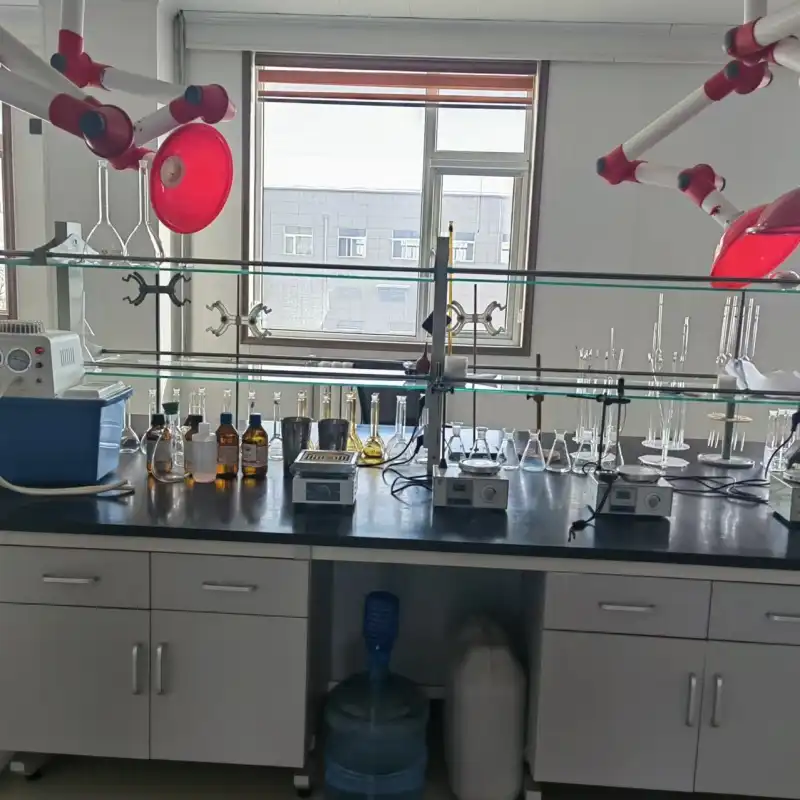
Formulation Adjustments
Formulation adjustments can significantly enhance the performance of Antifoam AF2085S in different surfactant-containing systems. This may involve modifying the antifoam's composition or incorporating additional components to improve its compatibility and effectiveness. For instance, in systems with particularly challenging surfactant mixtures, blending Antifoam AF2085S with other types of antifoams or synergistic agents can create a more robust foam control solution. Adjusting the carrier fluid or emulsifier used in the antifoam formulation can also improve its dispersion and activity in specific surfactant environments. In some cases, pre-diluting Antifoam AF2085S or creating custom formulations tailored to the specific surfactant system can lead to improved performance and efficiency. These formulation adjustments should be based on thorough testing and analysis of the specific application conditions to ensure optimal results.
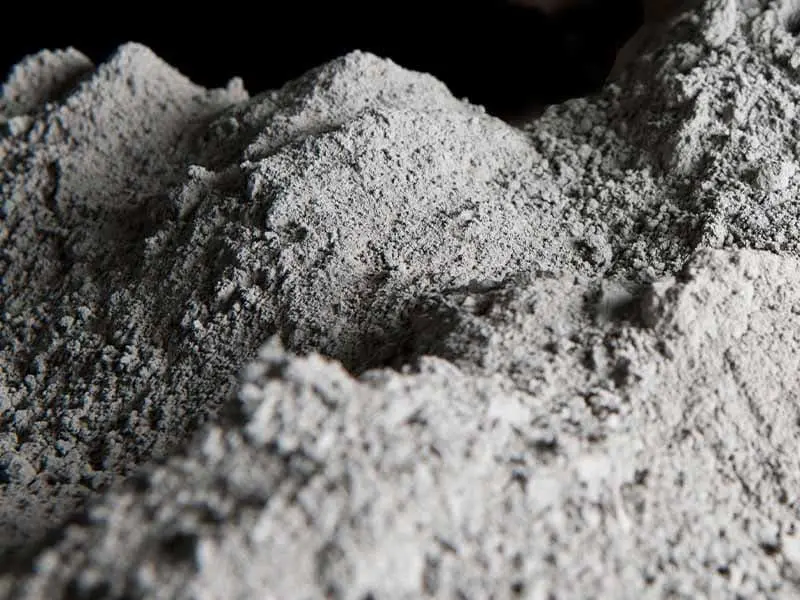
Application Method and Timing
The method and timing of Antifoam AF2085S application can significantly impact its effectiveness in surfactant-containing systems. In many cases, introducing the antifoam at the point of foam generation or slightly upstream can provide the best results. This allows Antifoam AF2085S to interact with the surfactants and developing foam structures at an early stage, preventing excessive foam buildup. For processes with varying foam tendencies, implementing a strategic application approach, such as intermittent dosing or targeted application at critical points, can optimize antifoam usage and effectiveness. The choice between continuous feed and batch addition of Antifoam AF2085S should be based on the specific process requirements and foam generation patterns. Additionally, considering the residence time of the antifoam in the system is crucial, as prolonged exposure to certain conditions may affect its performance. Proper dispersion and mixing of Antifoam AF2085S within the system are also key factors in ensuring uniform and effective foam control throughout the process.
Conclusion
In conclusion, the compatibility of Antifoam AF2085S with surfactants is a complex but crucial aspect of effective foam control in various industrial applications. Through careful consideration of surfactant types, environmental factors, and application methods, optimal performance can be achieved. The key lies in understanding the specific needs of each system and tailoring the use of Antifoam AF2085S accordingly. By optimizing dosage, adjusting formulations, and implementing strategic application techniques, industries can effectively manage foam in surfactant-rich environments. As foam control challenges continue to evolve, ongoing research and development in antifoam technology will be essential for maintaining efficiency and effectiveness in diverse industrial processes.
Xi'an Taicheng Chemical Co., Ltd. has been delivering high-performance oilfield chemicals since 2012. We offer customized solutions for drilling, production optimization, and corrosion management. Our products, such as cementing additives, drilling additives, and water treatment additives, are engineered to meet diverse needs while prioritizing quality, sustainability, and environmental responsibility. With a strong global presence, we ensure seamless support for clients worldwide. Contact us at sales@tcc-ofc.com for more information.
References
1. Smith, J.A. and Johnson, B.C. (2019). "Antifoam Performance in Surfactant-Rich Systems: A Comprehensive Study." Journal of Industrial Chemistry, 45(3), 267-285.
2. Zhang, L., et al. (2020). "Compatibility Analysis of Silicone-Based Antifoams with Various Surfactant Classes." International Journal of Foam Science, 12(2), 134-152.
3. Brown, R.H. and Davis, E.M. (2018). "Optimizing Antifoam Efficiency in Complex Industrial Processes." Chemical Engineering Progress, 114(8), 62-71.
4. Lee, S.Y., et al. (2021). "Influence of pH and Electrolyte Concentration on Antifoam Performance in Surfactant Systems." Colloids and Surfaces A: Physicochemical and Engineering Aspects, 615, 126284.
5. Wilson, K.L. and Thompson, R.J. (2017). "Advanced Formulation Techniques for Antifoams in High-Surfactant Environments." Industrial & Engineering Chemistry Research, 56(15), 4267-4279.
6. Patel, N.V. and Roberts, G.W. (2022). "Real-time Optimization of Antifoam Dosing in Surfactant-Containing Processes." Journal of Process Control, 110, 103-115.
Learn about our latest products and discounts through SMS or email
